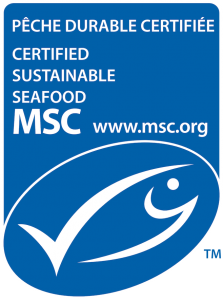The Canadian lobster fishery is one of the most carefully managed in the world. We preserve the health and stability of the Homarus Americanus population, balancing how much we take today to protect for the future.
Consumers and trade buyers are more aware than ever of the long-term footprint of fish and seafood products. People are increasingly seeking out fish and seafood independently verified as being from legal and sustainable fisheries.
In seafood, sustainability certification is an industry-led, voluntary process that proves a fishery is well-managed and sustainable regardless of size, type or location. Nearly all (97%) Canadian lobsters come from fisheries independently certified by the Marine Stewardship Council, which ensures Canadian lobsters are sustainable and traceable.








